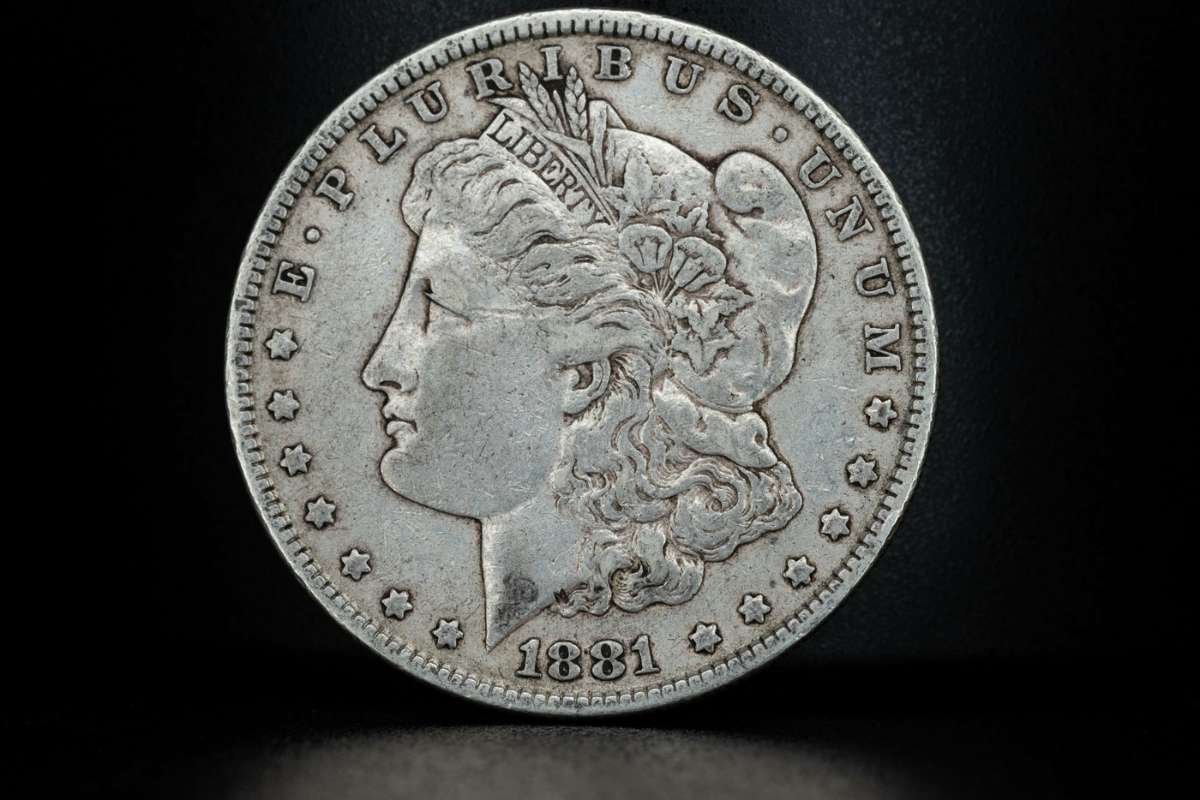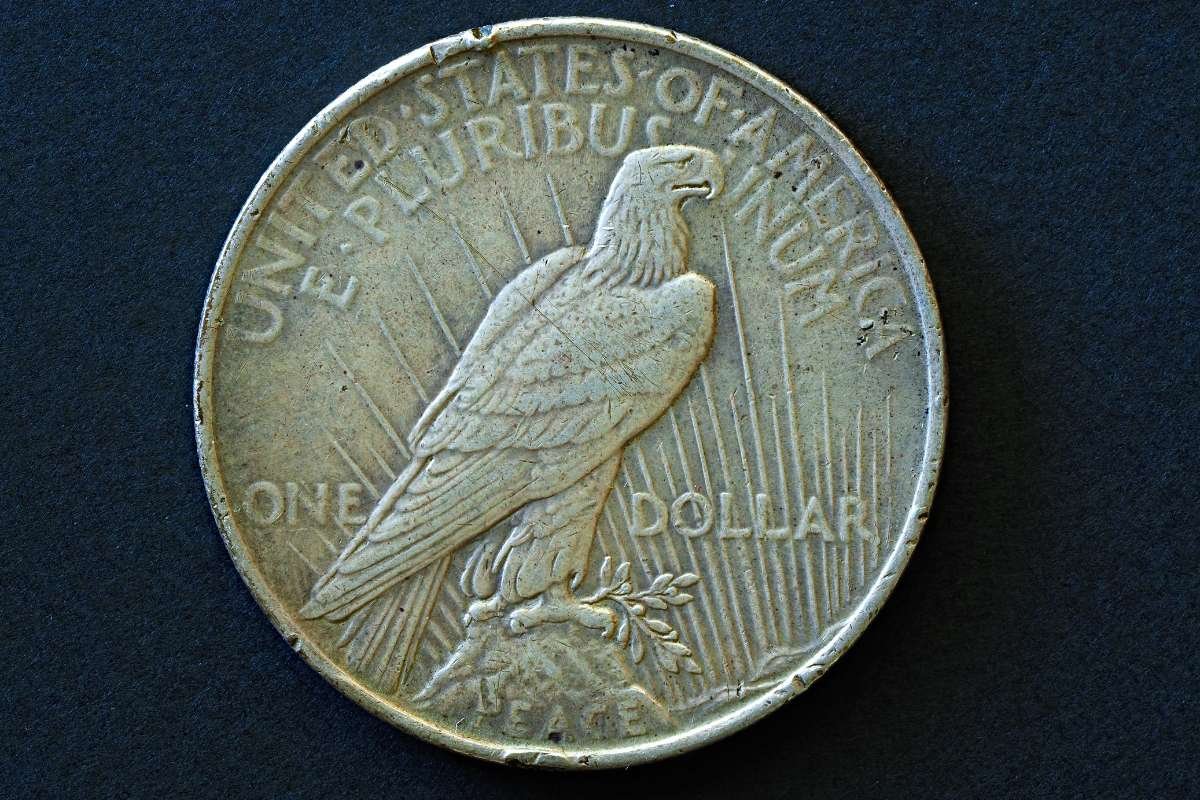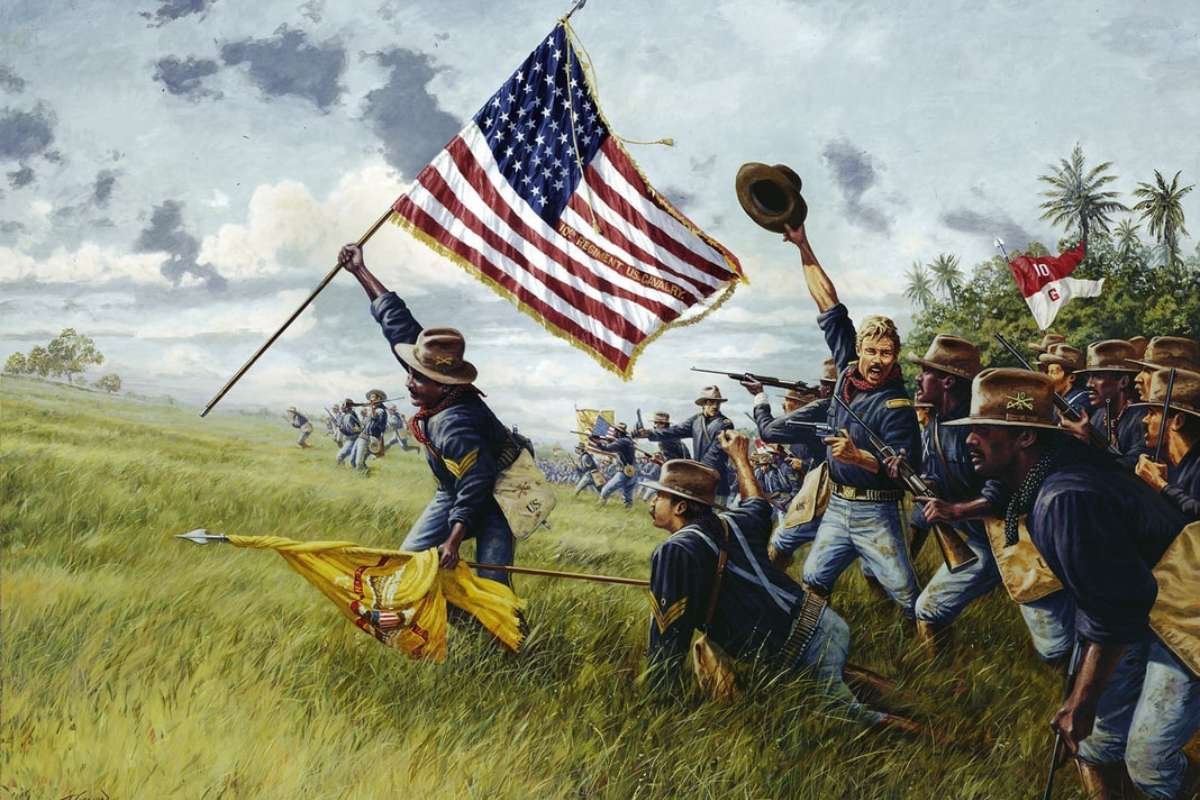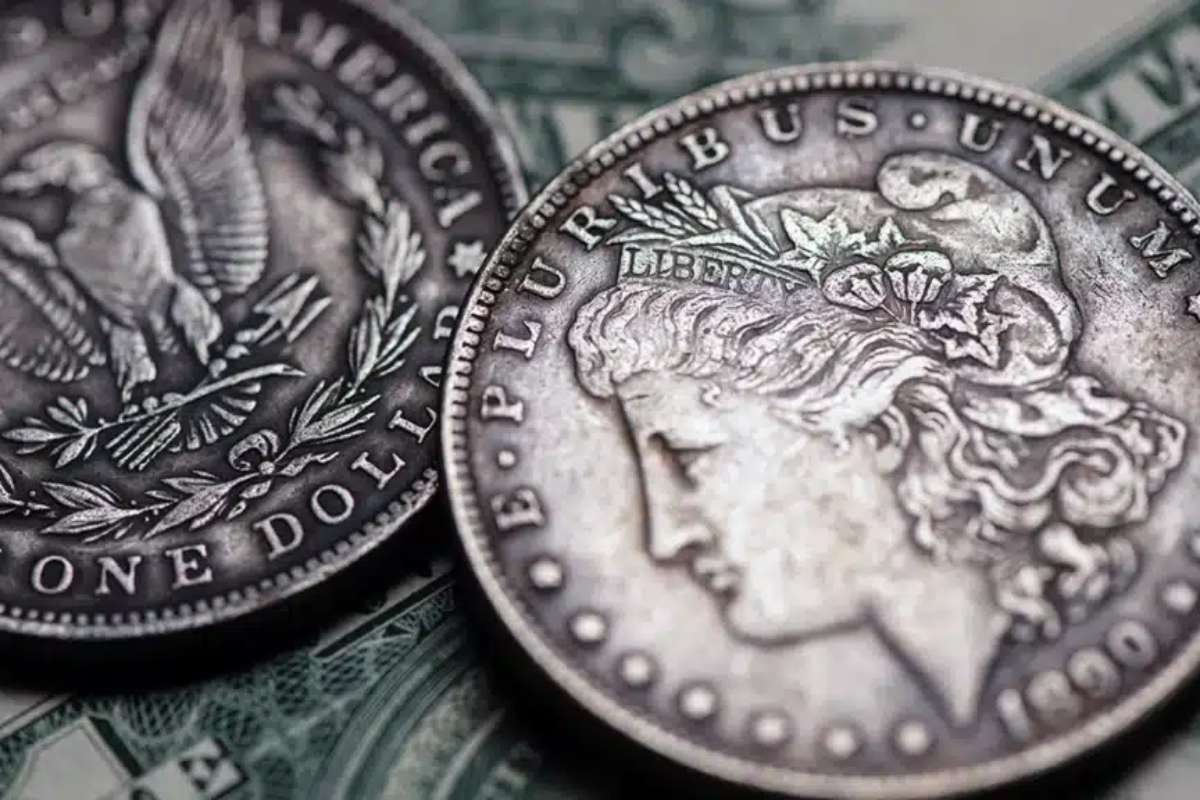From seasoned numismatists to casual collectors, the appeal of the Morgan to Peace Dollars is undeniable. These striking silver coins continue to captivate with their timeless beauty and rich historical significance.
But what most people don’t realize is that the switch from one to the other wasn’t just about changing the design because they got tired of the old one. This transition tells an amazing story about America basically reinventing itself after World War I.
It’s not just about swapping out some artwork but. the shift from Morgan to Peace dollars reflects how America changed its identity, its taste in art, and dealing with the messy economics of silver production. It’s one of the most fascinating chapters in U.S. coinage history.
For collectors and anyone who loves history, understanding this pivotal moment makes both coin series more exciting. When you’re holding something like a 1921 Morgan $1 PCGS, you’re not just looking at a piece of silver but you’re holding a piece of America at a crossroads.
When the Morgan Era Finally Ended (And Boy, What a Ride)?

For 17 years – SEVENTEEN YEARS – nobody made a single silver dollar. Think about that for a second. Your parents could have been born, grown up, and graduated high school without ever seeing a new silver dollar minted. That’s how long the drought lasted.
Then 1921 shows up and suddenly everyone’s like “Oh wait, we need to make silver dollars again!” This thing called the Pittman Act basically forced their hand. During World War I, the government had melted down millions of silver dollars to ship the silver to Britain (don’t ask me why, wartime makes people do weird things). Now they had to replace all those coins they’d destroyed.
So what do they do? Dust off those old Morgan dies that had been sitting around for nearly two decades and fire them up one more time. But here’s what’s crazy – by 1921, America was like a totally different planet compared to 1904. The war had flipped everything upside down. People’s whole mindset about life, art, what they wanted their country to represent – none of it was the same.
The shift from Morgan to Peace Dollars captured a pivotal moment in American coinage—when tradition gave way to modernity. The Morgan’s elegant design, though admired, began to feel like a relic from an earlier era—timeless, yet no longer reflective of contemporary values. Its brief return in 1921 unexpectedly bridged two distinct artistic worlds, producing one of the most fascinating transitional pieces in U.S. history.
Why America Wanted a Peace Dollar?

The public sentiment was really strong about retiring the Morgan design. It wasn’t that people hated it, but it felt old-fashioned and didn’t represent what America had become. The country wanted something modern, something that looked forward instead of backward.
Government commissions were actively seeking a more artistic, contemporary approach to coin design. They wanted U.S. coins to compete with the beautiful designs coming out of Europe. The Peace dollar was their chance to show that American coinage could be both meaningful and artistically sophisticated.
It’s pretty amazing how much national mood and identity can influence something as basic as what goes on your money.
The Designs Tell Completely Different Stories
The visual contrast in the Morgan to Peace Dollars series is unmistakable. The Morgan design showcases a classical Liberty portrait rooted in 19th-century aesthetics—formal, traditional, and reminiscent of Victorian ideals. It reflects a strong yet era-specific depiction of Lady Liberty that defines its historical charm.
The Peace dollar’s Liberty is completely different. She’s sleek, modern, almost Art Deco in style. Her hair flows differently, her expression is more serene, and the whole design feels like it’s looking toward the future instead of honoring the past.
But the real difference is on the back. Instead of the Morgan’s heraldic eagle that looks ready for battle, the Peace dollar shows an eagle clutching an olive branch. It’s a completely different message – instead of strength through power, it’s strength through peace.
The artistic shift reflects how American culture and design preferences were changing in the 1920s. Everything was becoming more streamlined, more modern, more optimistic about the future.
How This Affected Collectors and Values?
The transition created some really interesting collecting opportunities that people are still excited about today. Those 1921 Morgan dollars became instant key dates because they were the last hurrah for the design. They’re like the final chapter of a beloved book series.
Early Peace dollars, especially those high-relief 1921 issues, are incredibly sought after. The high-relief design was so beautiful but so impractical for mass production that they had to tone it down almost immediately. So you’ve got this one year where they made these absolutely gorgeous coins that are almost like art pieces.
The market impact was huge. Suddenly collectors had two related but distinct series to pursue. Some focused on completing Morgan sets, others went after Peace dollars, and the really ambitious ones tried to collect both. This competition drove up prices and interest in both series.
It’s fascinating how a historical transition created collecting categories that are still popular nearly 100 years later.
A Moment That Changed Everything?

For collectors today, coins like the 1921 Morgan $1 PCGS represent this incredible moment in history when two beloved coin series intersected. You’re holding a piece of America’s transformation, a bridge between the old country and the new one.
The Morgan to Peace Dollars journey marks a defining chapter in American numismatics, making these coins more than just collectible silver—they’re iconic links to one of the nation’s most transformative eras. Their enduring popularity among collectors stems not only from their design but from the compelling historical narrative embedded in their transition.
When you’re holding one of these coins, you’re touching a piece of the moment when America decided what kind of country it wanted to be going forward. That’s pretty powerful for something you can fit in your pocket.
Also Read: Are you a History Buff? Don’t miss out on these 10 War Memorials in the U.S.
